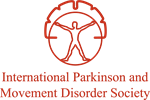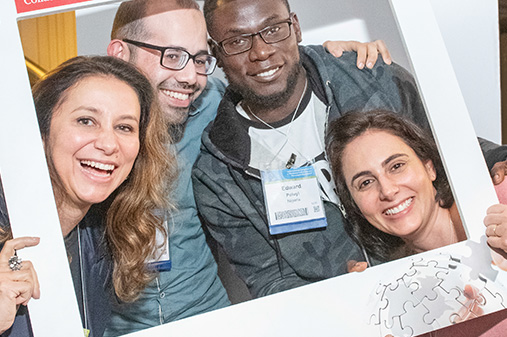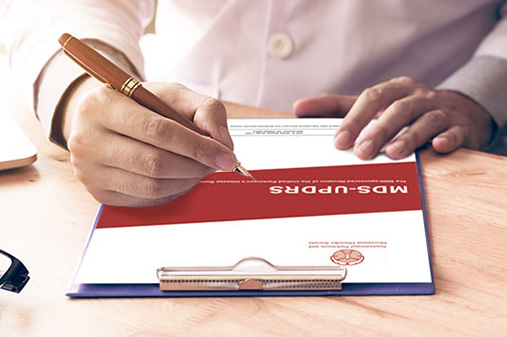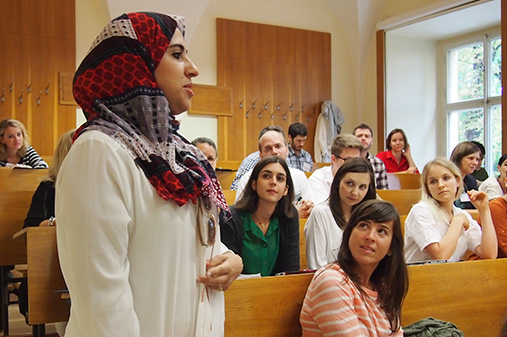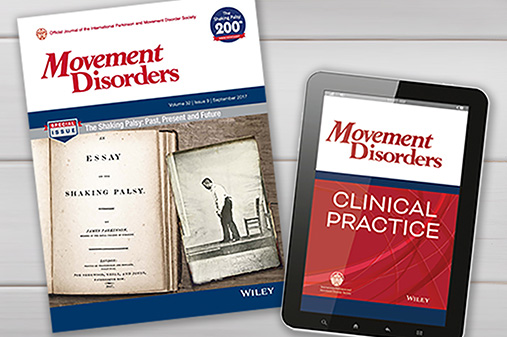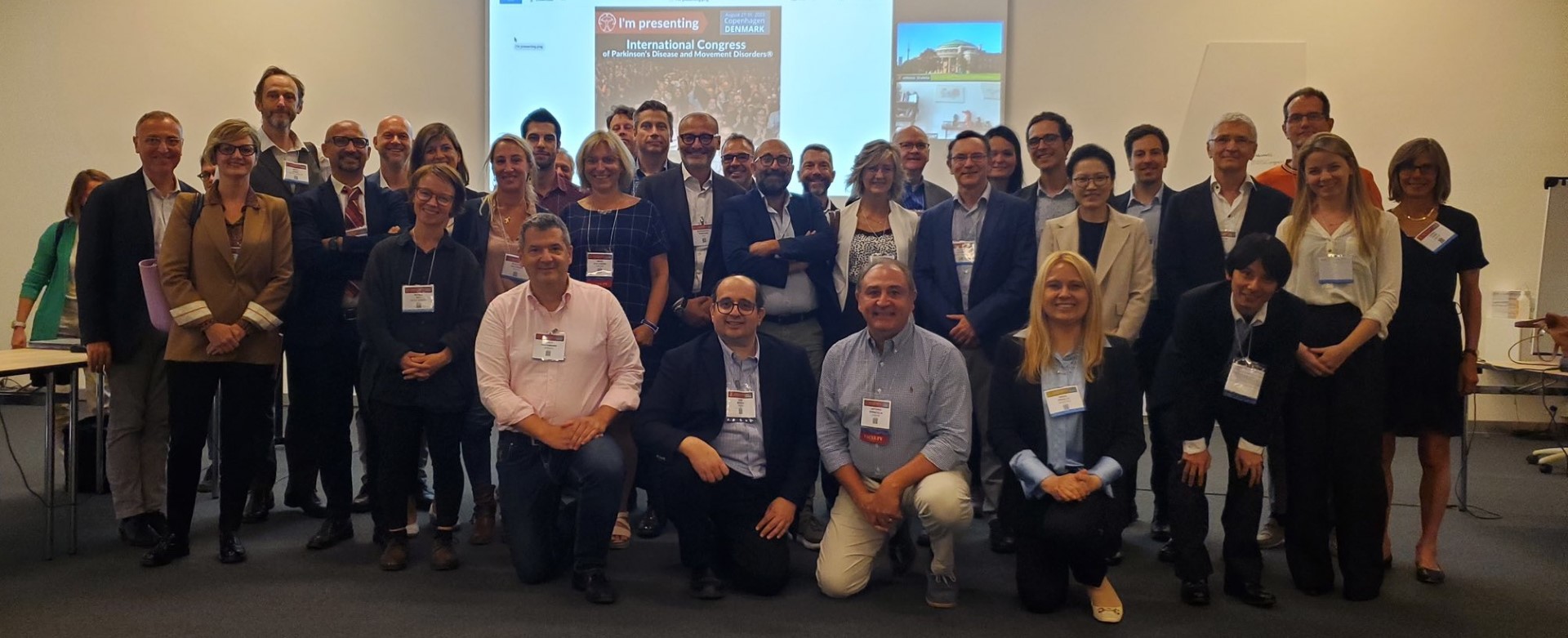Neuroimaging Study Group
Have questions? Contact the group's MDS Staff Liaison, Abigail Kopchinski, at akopchinski@movementdisorders.org
Our study group brings together clinical experts and researchers who apply neuroimaging technologies in parkinsonian and other movement disorders. Our aim is to foster translation of research from basic to clinical science and to accelerate the deployment of more advanced clinical standards of neuroimaging in these disorders. To this end, we develop collaborations and studies centered on clinical, preclinical, and translational approaches.
About the Neuroimaging Study Group
Advances in neuroimaging techniques improved our ability to evaluate basal ganglia functions, to understand pathophysiological and therapeutic mechanisms in Parkinson’s disease, atypical parkinsonian disorders and other movement disorders, to diagnose parkinsonian syndromes and monitor disease progression. Imaging methods like positron emission tomography (PET), single-photon emission computed tomography (SPECT), magnetic resonance imaging (MRI), electro- /magnetoencephalography (EEG/MEG), have been used both in patient groups and animal models to investigate neuropathological mechanisms and/or compensatory changes underlying motor and non-motor symptoms, treatment-related complications (e.g., impulse control disorders), and as a biomarker for diagnosis, prognosis and disease monitoring.
Mission and Objectives
- To improve our understanding of pathophysiological and therapeutic mechanisms in movement disorders including cellular metabolism, neuroinflammation, protein deposition, receptor abnormalities, (micro-)structural disintegration, and consequences for anatomical and functional brain connectivity
- To facilitate and promote cross-collaboration among preclinical and clinical researchers
- To create critical synergies for “big-imaging-data”-research, i.e., the collection, curation, and analysis of multicentric neuroimaging data
- To deploy latest advances in data and imaging science for the development of imaging biomarkers supporting personalized diagnostics and treatments
Leadership

Chair
Thilo van Eimeren

Vice Chair
Cecilia Peralta
Steering Committee
Jee Young Lee, South Korea
Oury Monchi, Canada
Cecilia Peralta, Argentina
Irena Rektorova, Czech Republic
Kristina Simonyan, USA
Antonio P Strafella, Canada
Alessandro Tessitore, Italy
Thilo van Eimeren, Germany
Published Papers
![]()
![]()
Imaging Biomarkers in Prodromal and Earliest Phases of Parkinson's Disease[1]
- Published paper
![]()
![]()
